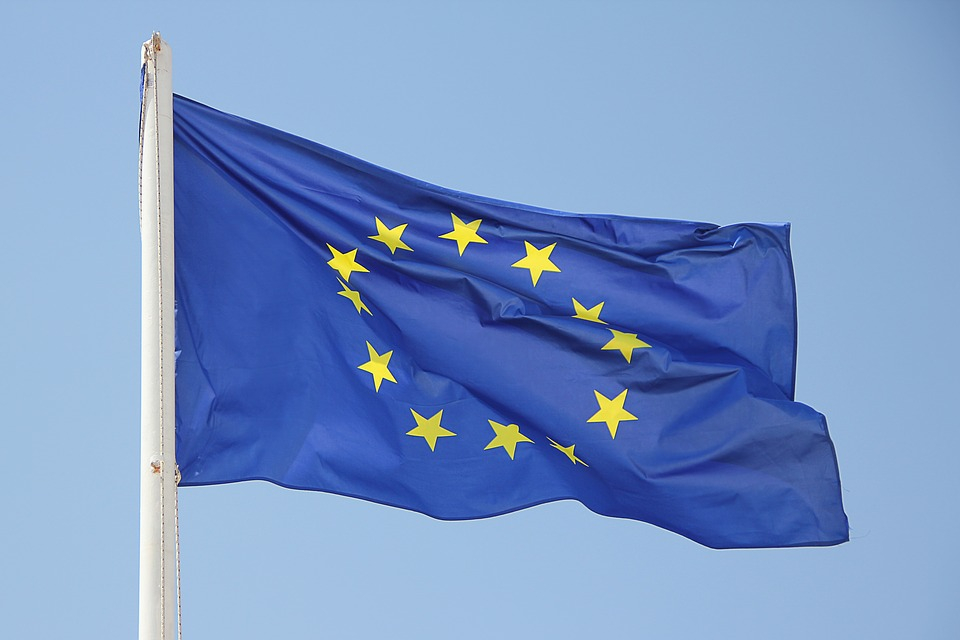
As Novac/Lidija Kiseljak/Zupan.hr writes on the 19th of August, 2020, Istria County entered the finals of the selection for the best EU county project with the BLUE KEP project, which is co-financed by the Interreg V-A Italy-Croatia 2014-2020 programme and was submitted within the Contribution to cross-border cooperation category. With this project, both Croatian and Italian students were involved in education and in practical work in companies, from design and electronic engineering to English, for which they eventually received a certificate.
The total budget of the project is 921,134 euros, while the budget of Istria County is 109,000 euros. The project began on January the 1st, 2018 and ended on September the 30th, 2019. The project leader was Informest, and the partners were Istria County, the Adriatic-Ionian Euroregion, the Marche region, JU Rera SD for Coordination and Development of Split-Dalmatia County and the JU Development Agency of Sibenik-Knin County. The BLUE KEP project exchange programme included six partners, twelve Italian and Croatian maritime and technical high schools, 43 professors, 38 students and more than 20 local companies in the blue sector.
In addition to Istria County, which coordinated the activities, the Pula Technical School and the company Tehnomont shipyard Pula d.o.o. participated in the BLUE KEP project from the area of Istria.
The BLUE KEP project enabled 38 Croatian and Italian students from the included technical and maritime schools to participate in a mobility programme consisting of a theoretical part as part of regular classes based on international educational modules and a practical part as part of professional practice in selected companies. All of the students successfully mastered the programme and at the final conference they were presented with certificates with the achieved ECVET points (a special European system of points in vocational education and training).
”Istria County is making great efforts to improve and modernise the education system, as well as vocational education, so we have accepted the initiative of the region of Friuli-Venezia Giulia to be included in this project and we’re very pleased with the results.
With the BLUE KEP project, we showcased the importance of networking with partners from neighbouring countries, involving schools and students in this form of cooperation and generally working together to achieve the highest quality vocational education, focused on the needs of the labour market. We’re especially glad that our students and the Pula Technical School benefited the most from the project, because they wouldn’t have had the opportunity to experience this unique experience without this particular EU project. I hope and believe that they will be able to use the new knowledge they’ve gained in the best possible way.
In addition, the school is equipped with modern computers through this project, which will be used in teaching even after its completion, and our teachers have acquired new skills and competencies in accordance with European standards. Istria County will continue to support this type of project,” Fabrizio Radin, Istria County’s prefect pointed out.
Three students from the Technical School of Pula – Filip Licul, Antonio Plese and Karlo Ritosa – as part of the BLUE KEP project, stayed on a student exchange in Udine, Italy, where they spent 45 days. Of these, they attended classes for fifteen days at the Arturo Malignani High School, the largest school in the region and the second largest in all of Italy, and spent the other 30 days at Aeriano x srl, involved in stainless steel production, where they designed products and had the opportunity to use some of the most modern machines in the sector.
“We had a great time in class and we’re thrilled to have been given such a good opportunity,” say Filip, Antonio and Karlo. They added that what they liked the most was that after each hour of theory, practice followed, so everything was much more interesting and easier to adopt.
“We made pneumatic and hydraulic assemblies, used new design technology and tested materials. Their school is very large and very well equipped with the latest machines. They also have a large hall with planes where they learn to repair engines. With this project, we’ve gained new experiences that will definitely help us in the future,” concluded the Croatian students.
At the same time, three Italian students, hosted by the Technical School, stayed in Pula for sixteen days. From March the 1st to the 16th, Arturo Malignani High School students from Udine – Alessandra Ivanovic, Tommaso Pasut and Thomas D’Andrea – attended classes at the Pula Technical School. The Italian students were happy because they had the opportunity to meet new people, experience new ways of teaching and a completely different education system that they liked very much because there are a lot of short breaks between classes and one slightly longer for brunch, and what surprised them the most was that the students and professors speak English very well.
“I want to emphasise that the environment in the Pula school is completely different from that in the Italian one. Our school is much more formal, classes last longer and we only have one fifteen minute break a day, so at first it was hard for me to adjust to that new rhythm. This was a great experience for me, we learned a lot of new things that we don’t learn in our school,” said Alessandra.
The students pointed out that they had the opportunity to learn a lot of new things from the fields of energy, automation, CNC technologies and designing products using computers that are not available in their school.
For more, follow our lifestyle page for more.
For the latest travel info, bookmark our main travel info article, which is updated daily.
Read the Croatian Travel Update in your language – now available in 24 languages
Join the Total Croatia Travel INFO Viber community.








